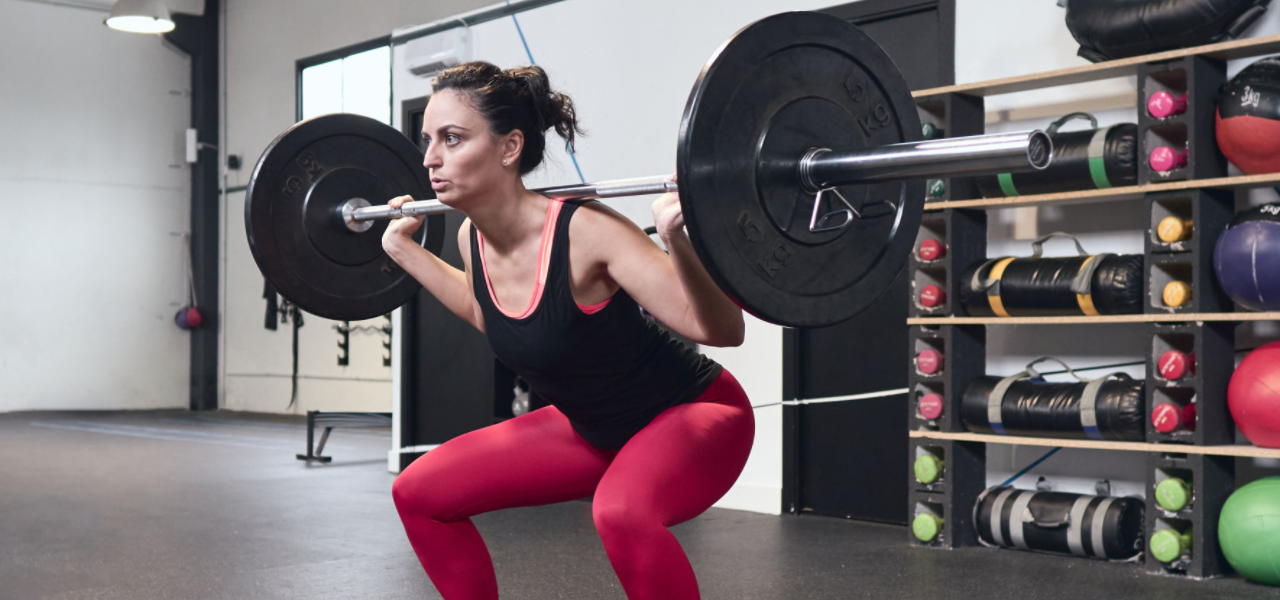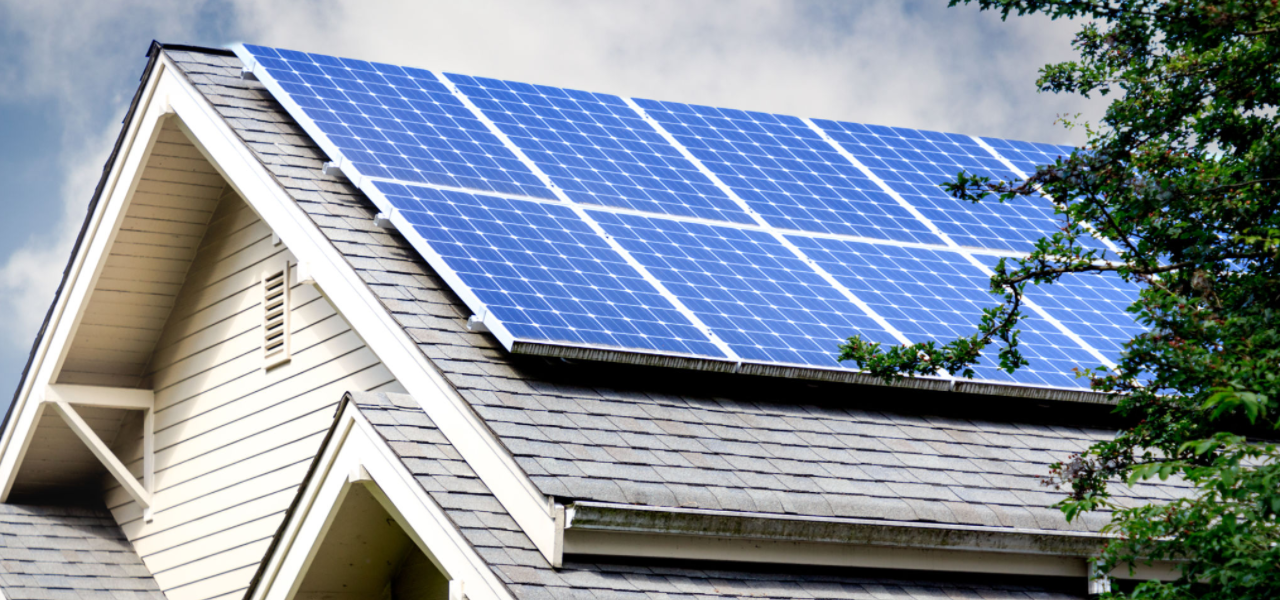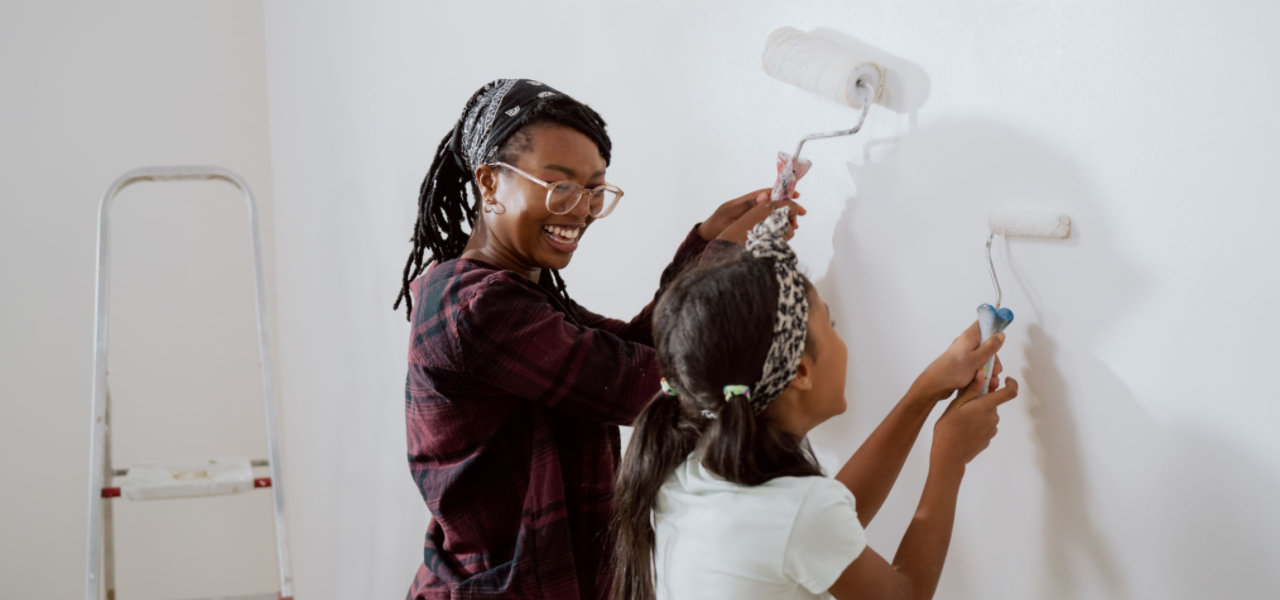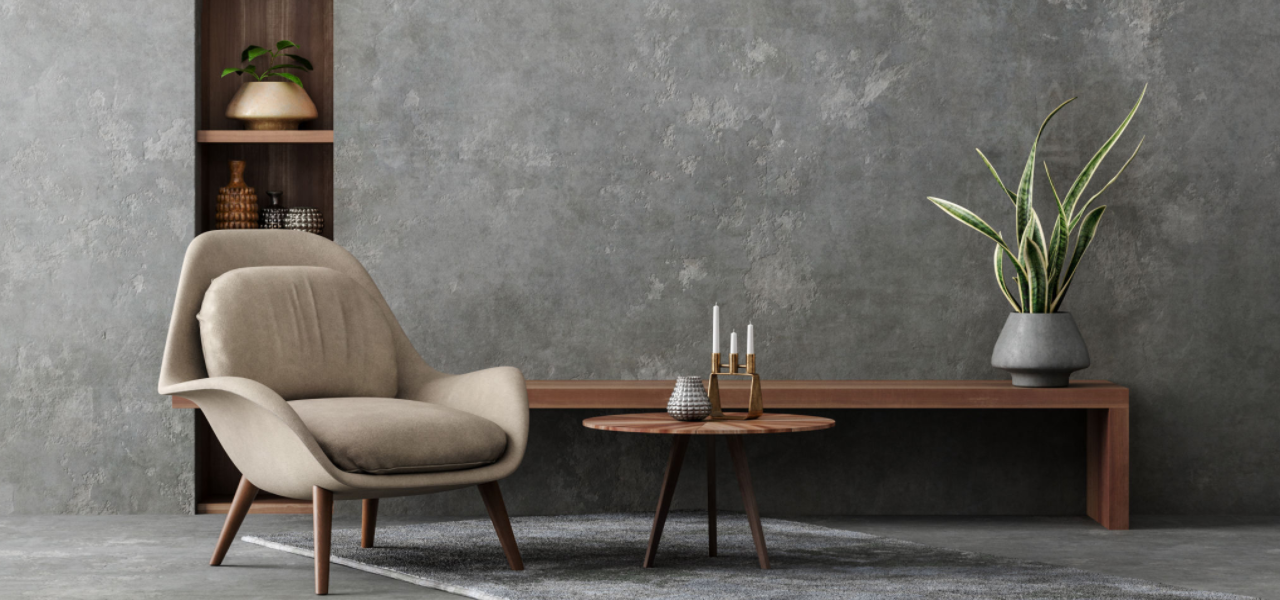"Burning money in the fireplace" may sound like a drastic hyperbole, but it's an apt metaphor for the aftermath of certain home upgrades that homeowners often believe will increase the value of their property. In reality, you'd be better off skipping these eight common renovations if your ultimate goal is to sell your home for a higher price. These upgrades are not your golden ticket to a better home sale price; in fact, they might end up costing you more than you would recuperate. It's time to debunk the myth that you can simply "flip" your own home for an easy profit. Let's explore these eight home "improvements" that could actually decrease your home's value.

Repurposing Bedrooms
One common pitfall is the reduction of bedrooms in a home. It's not unusual for homeowners to repurpose one bedroom as a personal office or extend another to create a luxurious master suite. However, these modifications can unintentionally lower the home's market value. Buyers typically prioritize the quantity of bedrooms over their size, often preferring a three-bedroom home over a two-bedroom version, regardless of the latter's spaciousness.
Wallpaper or Murals
Another cautionary tale involves the excessive use of wallpaper and murals. Although these aesthetic choices might reflect the current homeowner's style, they often deter potential buyers who envision the time-consuming task of removal. Similarly, murals, while artistically impressive, rarely resonate with a broad audience and could be seen as a costly decor alteration for future owners.
DIY DISASTERS
The third common misstep homeowners make is attempting "do-it-yourself" (DIY) projects without adequate skills or experience. While these projects can indeed save money and offer personal satisfaction when successfully executed, they can also have the opposite effect. Incomplete or poorly executed DIY work, particularly on highly visible elements like tiling or molding, can raise doubts in potential buyers' minds about the overall quality of the home's maintenance.

Repurposing Garage
Another example of a detrimental home modification is the transformation of a garage into a full-fledged home gym. While physical fitness is undoubtedly a priority for many, most prospective home buyers seek a garage for its traditional purpose: vehicle storage or additional storage space. Thus, reverting your 'muscle beach' back into a functional garage might be a wise move.
Flooring Replacement
Next, an expensive home modification that often yields a limited return on investment is the replacement of wall-to-wall carpeting or the installation of hardwood floors. Not only is hardwood flooring a costly investment - potentially reaching up to $25,000 for a 1,000 square-foot space - but also new owners often prefer to choose their own flooring to match their style. Instead, maintaining the current carpeting in good condition might be a more financially savvy move, unless it's in extremely bad shape and necessitates replacement.
Maintenance-Free Decks
The sixth potential value-lowering action is the installation of upscale, maintenance-free decks such as those made from Trex or other composite decking. While such installations can often skyrocket past $30,000 for a thousand square feet, decks are typically viewed as expected home features, rather than value-adding luxuries. If you're planning to sell your house, it might be more financially sound to simply replace rotting boards and re-stain the existing deck.

Solar Panels
Solar panels are another upgrade not worth a short term investment. While there are some tempting tax credits currently available, the upfront cost of installation is substantial, and most buyers are not willing to pay a premium to cover that cost. Additionally, not every buyer finds solar panels aesthetically pleasing, and their presence could, in fact, lower your home's appeal. If you're considering solar panels, remember it typically takes 6 to 10 years to recoup the installation cost.
Fireplace Mantels & Built-In Shelving
Lastly, the installation of fireplace mantels and built-in bookcases, while often visually appealing, won't significantly boost the value of your home. While such features can create a unique aesthetic, they typically don't translate into a higher resale price. If you love the look, by all means, add them for your enjoyment, but don't expect them to be a lucrative investment when it comes time to sell.

What to do instead
These upgrades aren't inherently bad – in fact, many are wonderful improvements that can enhance your enjoyment of your home. However, it's essential to understand that they may not provide a return on investment when it comes to selling your property.
Instead, focus on a few key areas for the biggest return on investment. First, consider decluttering your space. Moving around 50% of your possessions into a storage unit, including half your clothes, can make rooms and closets appear larger and more inviting.
Next, a fresh coat of paint can work wonders. This relatively inexpensive and straightforward DIY project can significantly freshen up your home's appearance and make it more appealing to prospective buyers.
Additionally, don't overlook the importance of curb appeal. Tidy flower beds and fresh mulch at the front of the house can make a fantastic first impression.
Finally, think about lighting. Upping the wattage in every room by 50 to 100% can make your home seem more inviting and spacious. It's surprising how much brighter and more appealing a space can become with better lighting.
If you're contemplating an upgrade and want an honest opinion about whether it's worth it, don't hesitate to seek expert advice. They can provide you with valuable insights and help guide your decision-making process. Always remember, the goal is to make improvements that not only you'll love but also future potential buyers.
Posted by Michael Perna on




clean gutters
Posted by eric goosen on Friday, June 23rd, 2023 at 11:41pmreplace furnace filter
wash all windows in and out
wash down furnace and water heater
thats it!
Leave A Comment